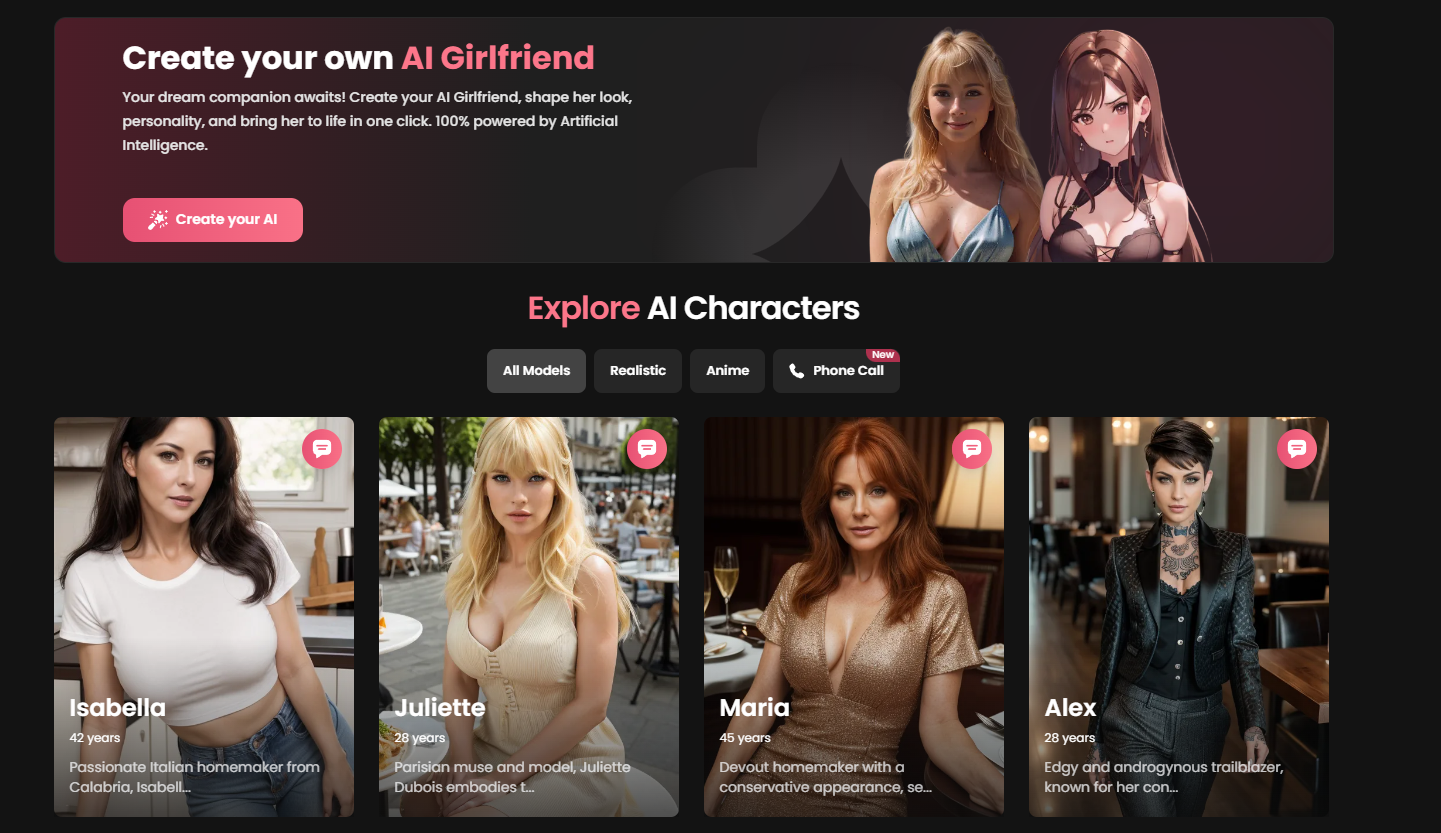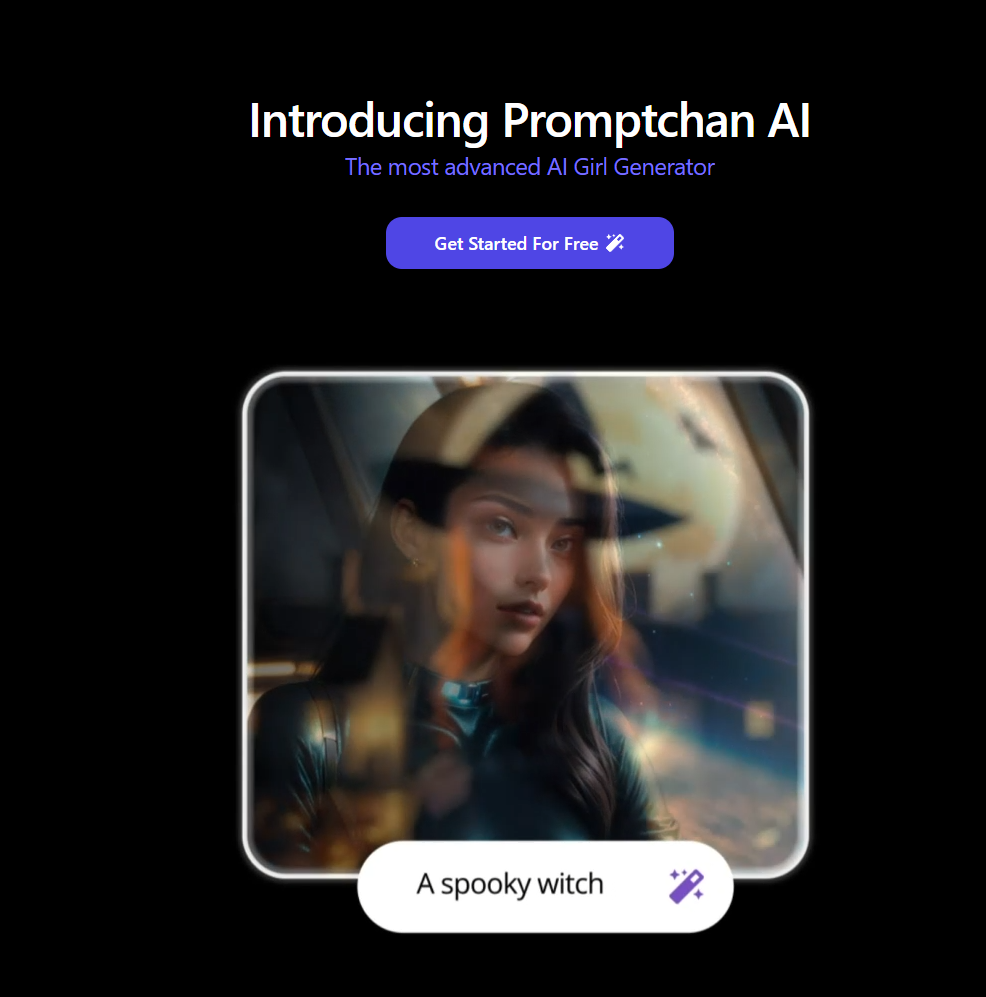Sometimes, fashion trends start on the runway and make their way into our daily lives. One such trend that has sparked controversy and fascination alike is the emergence of AI cameltoe.
From its origins as a bold statement on the catwalk to its portrayal in mainstream media, this feature has evolved and become a prominent fixture in pop culture. Let’s take a closer look at how it all started and where it stands today.
The Rise of Artificial Intelligence (AI)
The world of technology has evolved at a rapid pace in the past decade, with artificial intelligence becoming an integral part of our daily lives. From virtual personal assistants to self-driving cars, AI has revolutionized the way we live and work. However, its impact on pop culture is often overlooked.
In recent years, AI has been making waves in the fashion industry, specifically in the realm of cameltoe – a slang term used to describe the outline created by tight-fitting clothing between a woman’s legs. The use of AI in this context may seem trivial, but it has sparked controversy and sparked conversations about societal beauty standards and objectification. We will explore the evolution of AI cameltoe in pop culture and its implications.

Candy.ai: The Controversial Beginnings
One of the earliest instances of AI cameltoe gaining attention was through Candy.ai – an app that uses augmented reality to create a perfect cameltoe for users’ photos. The concept behind this app was to allow women to enhance their appearance and feel more confident about their bodies. However, it received backlash from feminists who saw it as another form of objectifying women’s bodies.
Pros:
- Provides a fun tool for photo editing
- Allows women to control how they want their body to look
- Can boost confidence for those who are self-conscious about their appearance
Cons:
- Promotes unrealistic beauty standards
- Marginalizes those who do not fit into traditional beauty norms
- Encourages objectification of women’s bodies
Despite the criticism, Candy.ai gained popularity among young women who saw it as a way to conform to societal expectations of beauty and sexuality. Its success led to the development of other AI cameltoe apps, such as Seduced.ai and PromptChan.
Seduced.ai: The Rise of Sexualized AI
Seduced.ai took the concept of Candy.ai to a whole new level by incorporating artificial intelligence into its platform. This app used machine learning algorithms and deepfake technology to create hyper-realistic images of women with perfect cameltoes.
Pros:
- Utilizes advanced AI technology
- Provides more realistic results compared to traditional photo editing apps
- Gives users full control over their desired appearance
Cons:
- Promotes an unattainable standard of perfection in terms of physical appearance
- Exploits women’s bodies for sexual gratification
- Risks perpetuating dangerous beauty trends, such as labiaplasty surgery
The use of AI in creating sexualized images has raised concerns about consent and ethical implications. These concerns only grew stronger when PromptChan was launched.

PromptChan: The Dark Side of AI Cameltoe
PromptChan is an online community where users can share their AI-generated cameltoe photos with others. It gained notoriety for its explicit content and objectifying nature, earning it the nickname the dark web of AI cameltoe.
Pros:
- Facilitates connection among those who share similar interests
- Showcases the potential of AI technology in creating hyper-realistic images
- Allows users to explore their fantasies without judgment or repercussions
Cons:
- Normalizes the objectification of women’s bodies
- Contributes to the sexualization and exploitation of women
- Puts vulnerable individuals at risk for cyberbullying and harassment
PromptChan has sparked debates about the responsibility of AI creators in regulating their technology and preventing its misuse. It also raises questions about the impact of this type of content on society, particularly on young people.
The Evolution: From Runway to Reality
The use of AI cameltoe extends beyond apps and online communities. It has also made its way onto runways and into high fashion. In 2025, major fashion brands started incorporating AI-generated cameltoe designs into their collections, blurring the lines between what is real and what is artificial.
Pros:
- Provides new opportunities for collaboration between designers and technologists
- Breaks traditional beauty norms by celebrating diversity in body types
- Promotes creativity and innovation in fashion design
Cons:
- Exploits marginalized groups by commodifying their appearances
- Perpetuates harmful gender stereotypes with hyper-sexualized imagery
- Risks promoting unhealthy body expectations among consumers
While some argue that the use of AI in fashion can push boundaries and challenge societal norms, others see it as a ploy to generate controversy and increase sales. Regardless, it has become an undeniable trend in pop culture.
The Impact on Society: Shifting Beauty Standards?
The rise of AI cameltoe begs the question – are we moving towards an ideal where perfection is defined by a computer algorithm? With social media influencers promoting unrealistic beauty standards through heavily edited photos, augmented reality filters, and now AI-generated images, it is evident that technology has a powerful influence on our perception of beauty.
Some argue that AI cameltoe perpetuates traditional standards of femininity and objectifies women’s bodies. On the other hand, others see it as an opportunity for individuals to reclaim their bodies and define their own version of beauty through technology.
The Future: Where Do We Go From Here?
As we continue to push the boundaries of what is possible with artificial intelligence, it is crucial to address its impact on society. The use of AI in creating sexualized images raises questions about consent, privacy, and ethical implications. It also highlights the need for responsible innovation and regulation to prevent its misuse.
It is essential to have open and honest conversations about societal beauty standards and the role of technology in shaping them. As we enter a world where AI plays an increasingly significant role in our lives, we must consider its impact on not only pop culture but also on our values and beliefs as a society.
From Candy.ai to PromptChan, AI-generated cameltoe has evolved from a controversial app to a high fashion trend. However, its journey does not come without consequences and debates surrounding ethics and societal norms. The latest development in the adult industry is the creation of artificial intelligence pornstars, who are capable of learning and adapting to provide a more personalized immersive experience for viewers. As we move forward, it is crucial to reflect on the implications of this phenomenon and ensure responsible usage of AI in all aspects of our lives.

Candy.ai
✔️ Generate AI Porn Images
✔️ Listen To Voice Messages
✔️ Fast Response Time

Seduced.ai
✔️ Generate AI Models
✔️ Save & Reuse Girls
✔️ 300 Images Per Month

PromptChan.ai
✔️ Completely Free To Test
✔️ Edit Your AI Models
✔️ Make Porn Images (no limit)
What is AI Cameltoe and How Does It Differ From Traditional Cameltoe?
AI cameltoe is when a computer program or artificial intelligence technology is used to enhance or create the appearance of a cameltoe in images. This differs from traditional cameltoe, which occurs naturally and refers to the visible outline of a woman’s labia through tight clothing. However, not all nudist dating apps offer the same level of security and privacy, so it’s important to do your research before signing up for one. AI cameltoe is created artificially and can be manipulated to appear more exaggerated or unrealistic compared to natural occurrences of cameltoe.
How Does Artificial Intelligence Play a Role in Detecting Or Enhancing Cameltoe?
Artificial intelligence can analyze images and identify patterns to detect cameltoe. This technology can also be used in clothing design to enhance or minimize the appearance of cameltoe. AI algorithms can help create seamless and properly fitting garments for a more comfortable and flattering fit. AI-powered virtual try-on tools can assist in selecting garments that avoid cameltoe.
Are There Ethical Concerns Surrounding the Use of AI Technology for Cameltoe-related Purposes?
While the use of AI technology for cameltoe-related purposes may raise ethical concerns, it also has potential to improve fit and comfort in clothing design. However, issues surrounding privacy and objectification must be carefully considered and addressed to ensure responsible usage. The intersection of technology and fashion requires a balance between innovation and social responsibility.
Can AI Accurately Detect and Correct Cameltoe in Different Types of Clothing?
Yes, AI has advanced capabilities in computer vision and image recognition, allowing it to accurately detect cameltoe in various types of clothing. Using machine learning algorithms, AI can also learn and adapt to different body shapes and fabrics, making it effective at correcting cameltoe. However, human judgment may still be needed for the final correction.

